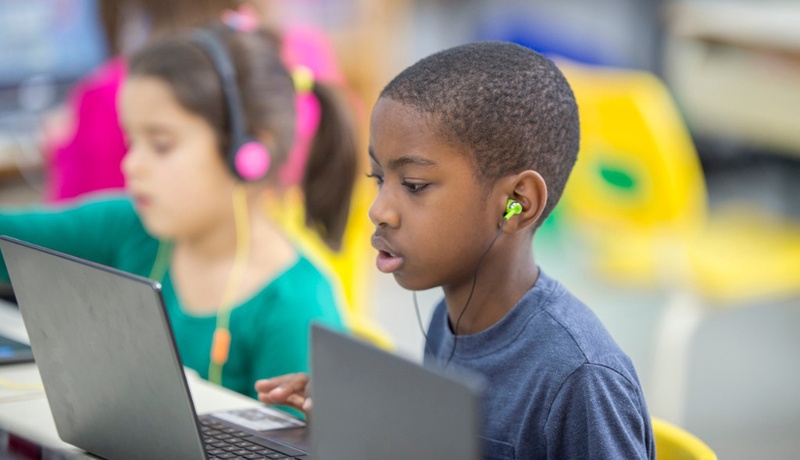Assistive Technology for Students with Learning Disabilities

There has never been a better time to be able to benefit from Assistive Technology. Even compared to a few years ago, prices have come down significantly and there is much more acceptance for using devices to assist in accomplishing everyday tasks – just ask Siri or Alexa!
Some of the most commonly used types of Assistive Technology used at school include:
- Speech to text is voice or speech recognition software that takes a student’s spoken words and converts them to typed words on a computer or other digital device. Also called Voice-to-text, it was originally developed as an assistive technology for the hearing impaired but has become invaluable as a tool for students with Learning Disabilities.
- Text to speech programs convert text into spoken output. The program reads aloud digital text found on computers, smartphones, and tablets. Text to speech is used to read back a student’s original work, scanned or downloaded worksheets as well as textbooks. Text to speech was originally developed as an assistive technology for the sight impaired but has become an invaluable tool for students with Learning Disabilities.
- Rocket Notebooks Notes taken in these notebooks are (with the accompanying App) uploaded to various cloud services such as Google Drive, Dropbox and more, using a smartphone or tablet This helps students to organize their work and create a digital portfolio. Great for Math!
- Smart Pens use audio recording technology and special notebooks to record the teacher’s lecture allowing students to take minimal notes. It is helpful to students that struggle to listen and write notes at the same time.
- Scanning pens use OCR technology. They are used to read aloud text from worksheets, textbooks and novel studies. Scanning pens give students (especially students with dyslexia) greater independence allowing them access to content that cannot always be delivered in a digital format.
According to Foothills Academy’s Assistive Technology Specialist, Cathi Graveline, the process of matching the right technology to the student often begins with recommendations in their psycho-educational assessment. But, there are no one-size fits all solution. Every student is different and the tools that work with one student may not work for another. Like an IPP, Assistive Technology choices should be individualized to the student. The student’s willingness to work with a specific tool is vital to its success. Having teachers and parents who understand how the tool works can support the student while they master it. Communication between parent, student and teacher is also very important. Even within the most supportive learning environment, some students can be very reluctant to try an Assistive Technology solution and may need a lot of encouragement to give it a try and to persevere until they are comfortable with it.
There are many different programs available and new ones are being introduced all the time. Some are free and some cost money. Where does a teacher or a parent start? There are so many options available that it can feel overwhelming. The website Understood.org has a great Tech Finder search feature that can narrow down potential choices to ones that have been reviewed and approved. You can perform your search based on your child’s grade, the issues you want to address (reading, writing, math, etc.), whether you want a program or an app and even the specific platform (IPad, Android, etc.). You then receive a list of recommendations to explore.
Learning Disabilities are lifelong conditions. Therefore, finding Assistive Technology solutions that work for a student is a good investment of time and effort according to Cathi Graveline. They can help a student achieve success throughout their schooling career from kindergarten until grade 12 and transition with the student to the post-secondary level. And, in many cases, they can also be effective tools to use in the workplace.
